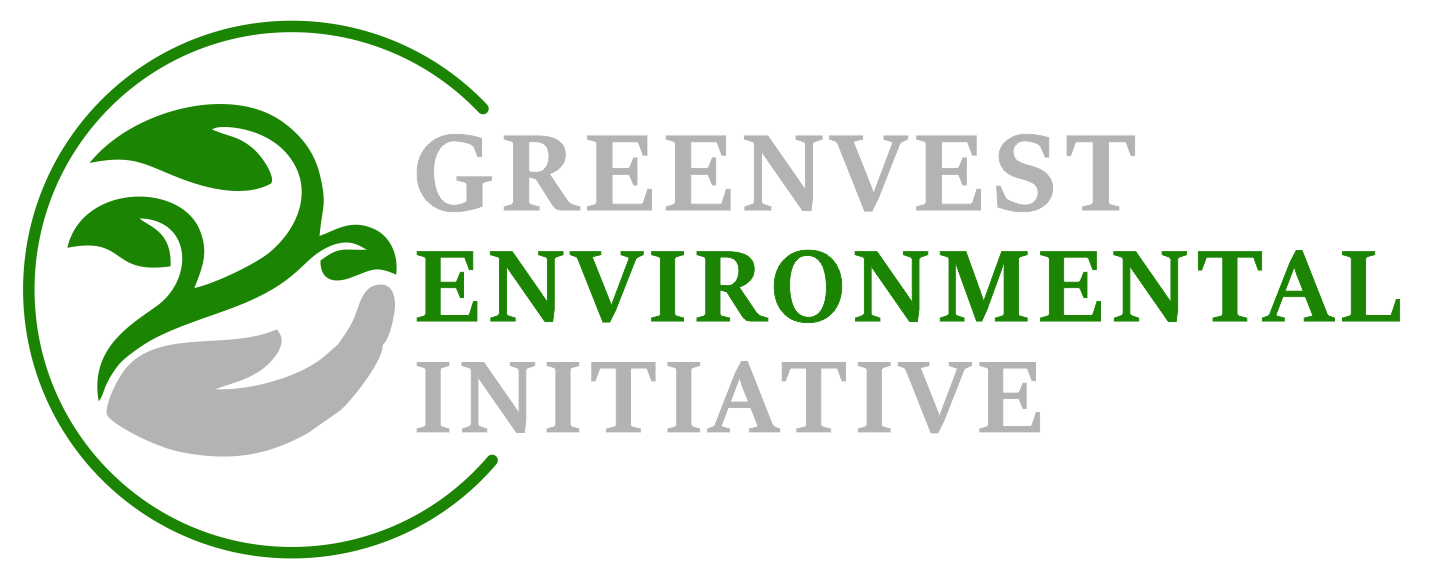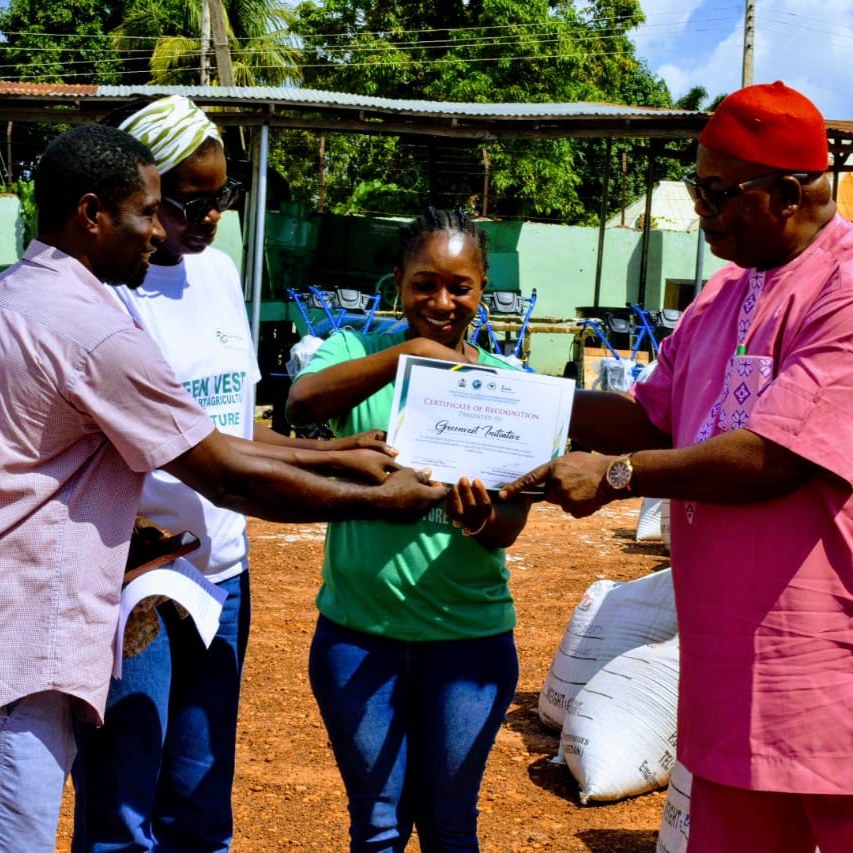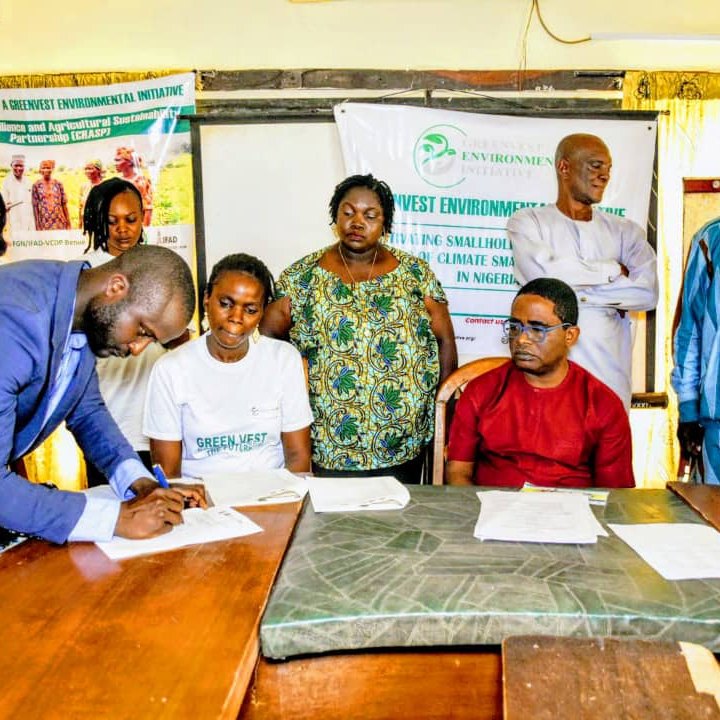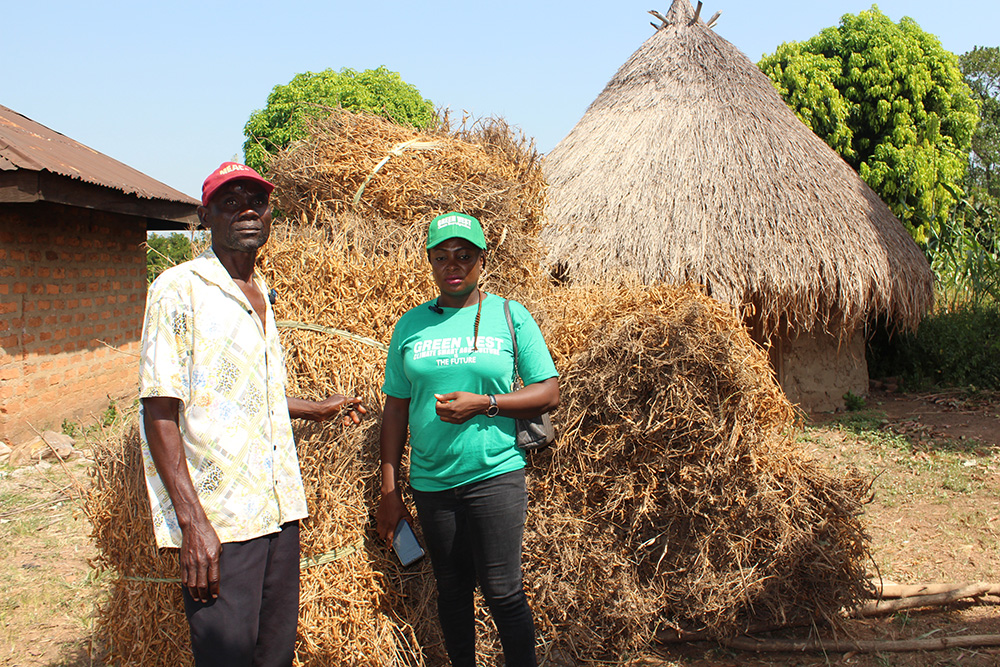
What Is Smallholder Farming?
Smallholder farming depicts the agricultural life of a subsistent farmer involved in the rearing, production and cultivation of crops, livestock, fish and agricultural produce respectively on a limited scale: In the developing world, smallholder farming is a family-owned enterprise operating on at most 10 hectares, or 24 acres, with most smallholder farmers cultivating less than 1 hectare, that is almost the size of a football field, most of the land is often leased, hired or inherited.
Those involved in small holder farming depend farming as their only source of livelihood and naturally live in a disadvantaged locality, rural and semi urban settlements, where there is limited information, poor road network and whose typical life revolves around the farming circle. Both men and women are usually involved in smallholder farming.
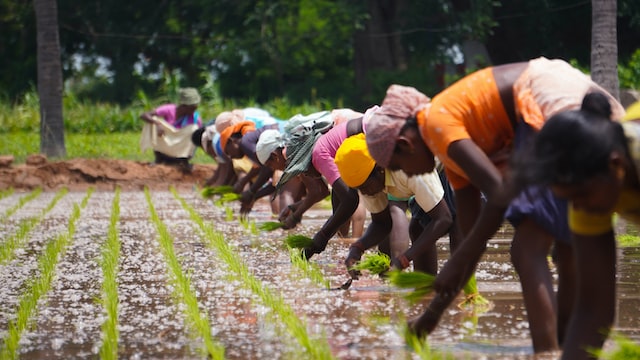
This practice entails cultivating more than one crop either for food, cash, culture and majorly as a means of livelihood. Take farming out of the life of a small holding farmer; S/He is already displaced; since their life depends mainly on agriculture for survivor and vulnerable to any form of marginalization.
Small holder farming is mostly not mechanized farming and usually faced with similar challenges across boards in most developing countries including lack of financial and credit facilities, flood, drought, pest, diseases and post-harvest losses due to theft, in efficient storage patterns and climate change.
Smallholder farming is often characterized as a family farming since many rely on relatives for labor to meet production needs, and they typically retain a portion of their harvest for household consumption and seeds for future planting circles. Smallholder farming sometimes referred to as “small-scale farming,” include farmers who own the land they work and those who do not.
